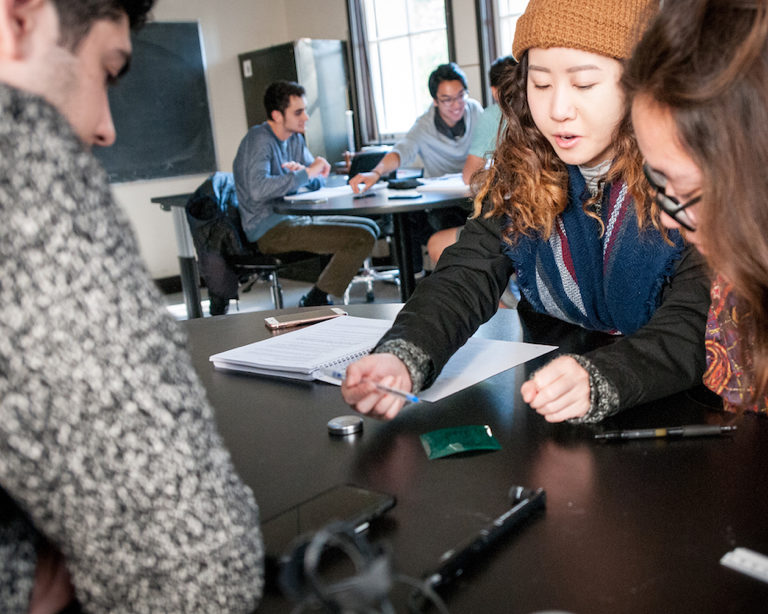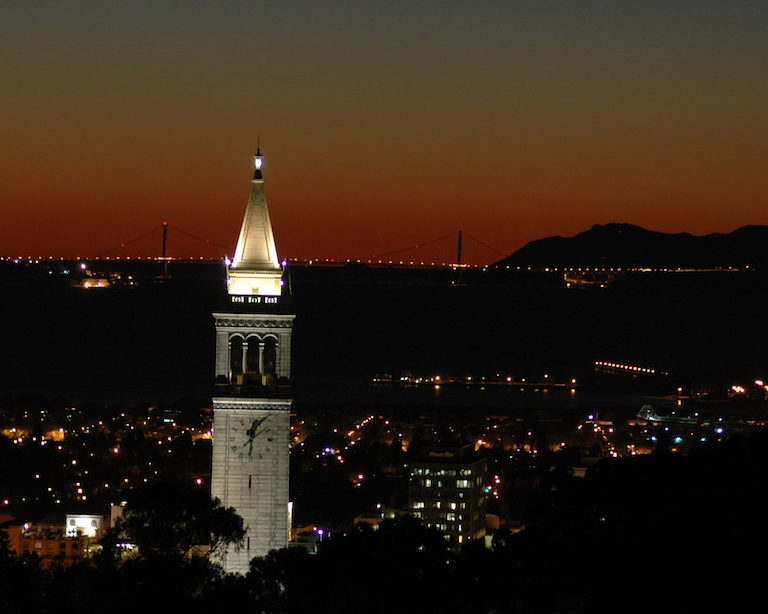Astrophysics and Cosmology
Berkeley astrophysics interests include the origin and evolution of the Universe and its constituent galaxies, stars, and planets. Berkeley has been a major center for modern cosmology, with Nobel Prizes awarded for our efforts on the cosmic microwave background and the constraints it places on dark matter, and for the use of Type I supernovae as standard candles, establishing the existence of dark energy. We are leaders in direct searches for dark matter, deeply involved with the G2 experiments LZ, SuperCDMS, and ADMX. Theory interests focus on the exploitation and analysis of large data sets to constrain cosmological models, the phenomenology of dark matter, simulations of explosive astrophysical environments, neutrino astrophysics, and multi-messenger astrophysics. Exoplanets are a major research interest within our sister department of astronomy.
Our astrophysical research is carried out in the Physics Department, the Space Sciences Laboratory (SSL), Lawrence Berkeley National Laboratory (LBL), and often in close association with the Astronomy Department and the Berkeley Center for Cosmological Physics (BCCP). REU students can choose to do research in any of these facilities.


